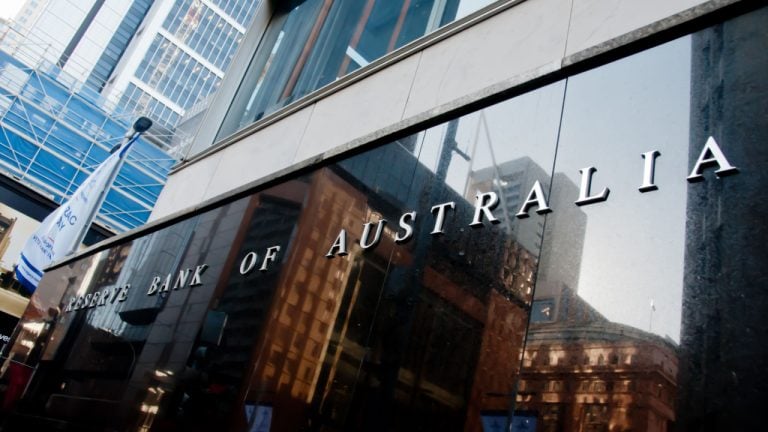
The Australian digital dollar was used in a trade for a U.S. dollar stablecoin using an Ethereum layer 2 blockchain.
Australia has successfully made its first foreign exchange transaction using eAUD as part of a live pilot for the country’s potential central bank digital currency (CBDC).
It comes amid a rising interest from countries around the world to learn about or launch central bank-issued digital currencies.
In a statement, blockchain infrastructure provider Canvas said on May 17 local time, crypto fund managers DigitalX and TAF Capital traded eAUD against the stablecoin USD Coin (USDC).
Canvas reported the transaction was settled instantly and touted it as a success over what it called the “slow, expensive and prone to errors” traditional FX and remittance networks.
The FX trade was part of a series of tests currently underway as the country explores possible use cases for a CBDC. The pilot program was launched by the Reserve Bank of Australia (RBA) in conjunction with the financial research institute the Digital Finance Cooperative Research Centre (DFCRC).
Canvas’ test explored use of eAUD in tokenized FX settlements, which could point towards the benefits of using the CBDC over fiat currencies and existing settlement platforms.
We’ll demonstrate the benefits of using CBDCs like eAUD in tokenized FX transactions using our privacy-focused Layer 2 Network and blockchain-based financial markets applications. Read more here https://t.co/RPjSF5B8s0
— CANVAS (@canvas_defi) March 6, 2023
The transaction was done on a decentralized app on Canvas’ “Connect” — an Ethereum layer 2 that uses StarkWare’s zero-knowledge (ZK) roll-up technology.
Canvas’ CEO David Lavecky called the trade “historic” and added the digital dollar could potentially address challenges in FX and remittance markets such as “improving transaction times, reducing fees and providing more open access.”
Related: BIS issues comprehensive paper on offline CBDC payments
An April pilot test from Australia and New Zealand (ANZ) bank used the CBDC to trade carbon credits.
ANZ used eAUD to back its A$DC stablecoin to trade the credits on a public blockchain and reported the settlement happened “in near real-time.”
Other use cases being tested include offline payments, distribution, custody, tax automation, use in “trusted Web3 commerce” and even livestock auctions.
The pilot started on Mar. 31 and is set to finish on May 31. A report and assessment of the various use cases are set to be published on Jun. 30.
Magazine: Here’s how Ethereum’s ZK-rollups can become interoperable







